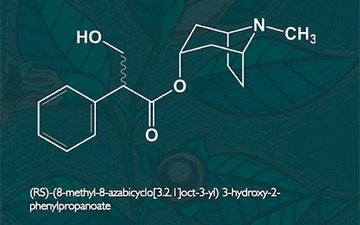Cards
(QUICK LINKS: Decks | plants | mammals | birds | | reptiles | fish | cephalopoda | insects | microbe | events
( scientist | project | modifier | technique |)

ATROPINE (MW: 289.369)
.
C17H23NO3
SOURCE: Atropa belladonna
USE: acetylcholine antagonist, pupil dilation, cardiac resuscitation, nerve gas treatment.
PLAY: Place under source card for + 5 points.

Deadly Nightshade
Atropa belladonna



2 POINTS
FACT: The drug ATROPINE is isolated from A. belladonna.

PACIFIC SPIRIT PARK DECK
Home Card
The PACIFIC SPIRIT PARK deck uses content created by students in U Hill Elementary School’s, Division 15, Grade 1 class. Led by their teacher, Kate Foreman, the children did an amazing job researching the forest that lays adjacent to the school!
.

Village Indigobird
Vidua chalybeata



Play: The Village Indigobird has a FLIGHT of 2.
Fact: The Village Indigobird is a brood parasite which lays its eggs in the nests of red-billed fire finches.

Duck-billed Platypus
Ornithorhynchus anatinus


8 POINTS
Play: The platypus has a MOVE of 2 and must feed off of a FRESHWATER TERRAIN card.
Fact: The platypus is only one of a very few mammals that lay eggs instead of giving birth.

Variable Neon Slug
Nembrotha kubaryana



10 POINTS
Play: This slug has a MOVE of 1 and can only feed off of SPECIES cards with class ASCIDIACEA.
Fact: This slug can store, in its tissues, the toxins from the ascidians it eats and then can release them in a slimy defensive mucus when alarmed.